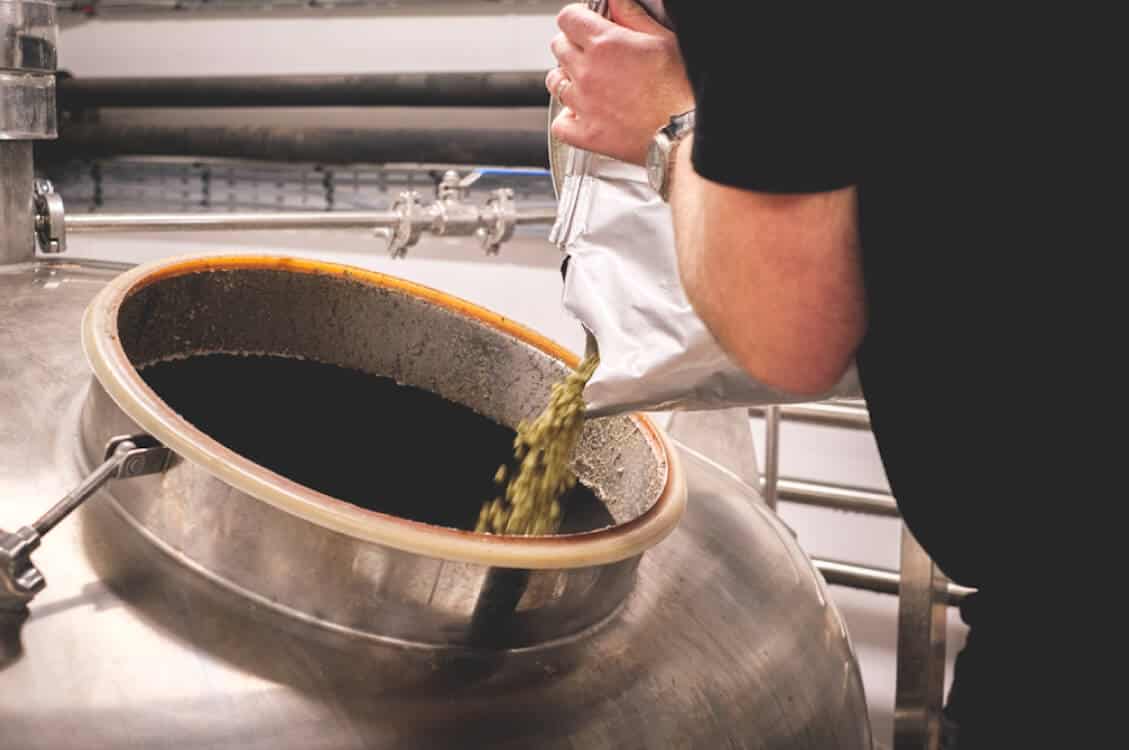
- Brew docker how to#
- Brew docker for mac#
- Brew docker install#
- Brew docker zip file#
- Brew docker update#
To resolve this, follow the following steps. However, after Brew has installed Docker, the docker command (symbolic link) may not be available at /usr/local/bin. Otherwise, follow the directions for the 'User. And finally, you can run the bat stop-service.bat to stop the connector service, run the bat uninstall-service.bat to uninstall the connector service. Run the bat start-service.bat to start the connector service.

Brew docker install#
Run the bat install-service.bat to install as windows service.
Brew docker how to#
Under 'Choose how to configure the installation of Docker's CLI tools', I selected 'System' so that Docker CLI tools are installed under /usr/local/bin. Run directly by bat start-connector.bat or install as service by follow step. docker -versionĪs mentioned before, Homebrew installs packages to their directory and then symlinks their files into /usr/local (on macOS Intel). Check how Docker's CLI tools are installed and make sure they are in the right PATH. This means that if you are employed at a company with more than 250 employees or your company makes more than 10m you need to start paying a subscription to continue using Docker Desktop.
Brew docker for mac#
Use the command below to verify the installation was successful. Today is the deadline for the license changes to Docker Desktop for Mac and Windows.

This command will download the docker package, run the Docker installer, and open the GUI to set up configurations. Now that Homebrew is installed to install Docker, execute the below command. Homebrew can be installed by running the command below in the terminal. Homebrew installs packages to their directory and then symlinks their files into /usr/local. It’s an open-source software package management system that we can use to install applications on macOS. Docker offers a native application that we can install under the Applications directory and create symlinks in /usr/local/bin. Use Homebrew to Install Docker in macOSĭocker supports the most recent versions of macOS, including macOS Big Sur, macOS Monterey, and macOS Catalina. Due to this, setting up Docker across all platforms has incredibly been simplified, including macOS and Windows. If you use the Chocolatey package manager you. We have seen widespread adoption of Docker as the ultimate containerization platform in the recent past. Alternatively, you can use a Docker container or a standalone binary. They provide developers with the ability to package applications and dependencies in an isolated environment. Probably odd? Seems odd to me.Docker containers have, without a doubt, revolutionized the way we develop and deploy our applications. Seems that /usr/local/bin wasn't in my path. usr/local/bin:/Users/brandomiranda/.opam/_coq-platform.2022.01.0~8.15~beta1/bin:/Users/brandomiranda/opt/anaconda3/envs/meta_learning/bin:/opt/homebrew/bin:/usr/bin:/bin:/usr/sbin:/sbin Yet I see stuff from Cask when searching for items that wouldn't be part of Homebrew itself (like Graphical programs, aText, Fantastical etc.): brew search atext Caskroom/cask/atext. Here are the current taps: brew tap homebrew/versions. Then add PATH (To set it for current shell and all processes started from current shell use export): export PATH="/usr/local/bin:$PATH" Then I uninstalled Homebrew Cask like so: brew untap caskroom/versions brew uninstall brew-cask. If this does not work a quick fix is to remove the /.docker/config.json file and login to the registries again.
Brew docker zip file#
If you prefer not to use the msi installer, we also provide a zip file that contains pandoc’s binaries and documentation.
Brew docker update#
This will install pandoc, replacing older versions, and update your path to include the directory where pandoc’s binaries are installed. The credentials will be stored in MacOS Keychain as before. There is a package installer at pandoc’s download page. Users/brandomiranda/.opam/_coq-platform.2022.01.0~8.15~beta1/bin:/Users/brandomiranda/opt/anaconda3/envs/meta_learning/bin:/opt/homebrew/bin:/usr/bin:/bin:/usr/sbin:/sbin To fix this, let’s install Docker Credential Helper.
This adds /usr/local/bin to the front of your PATH. One workaround, mentioned in 'Bind container ports to the host' would be to use -P: (or -publish-alltruefalse) to docker run which is a blanket operation that identifies every port with an EXPOSE line in the image’s Dockerfile or -exposeNow, you can see on your command line the address in which your instance is running. That directory might not yet be in your $PATH, so you could try adding it, run: export PATH="/usr/local/bin:$PATH" Using homebrew to use Docker was good enough few months ago, back then we had boot2docker available in homebrew repository and also Docker Toolbox (it. Done It will bootstrap a database in which all the configurations and users are stored.


If you successfully installed docker using the official package, the command should be available under /usr/local/bin/docker.


 0 kommentar(er)
0 kommentar(er)
